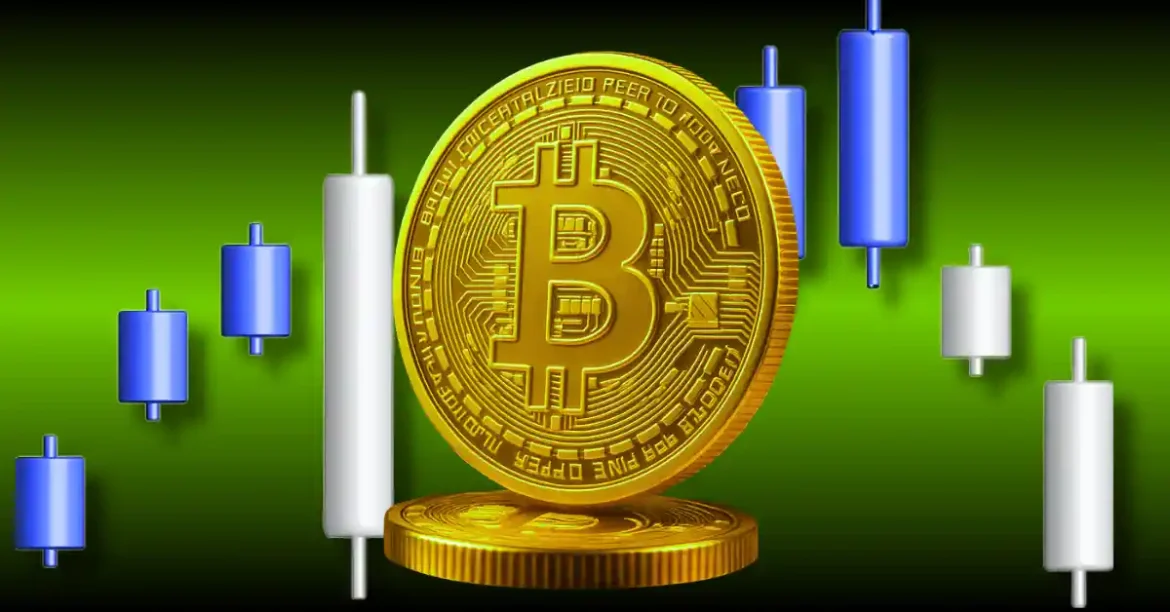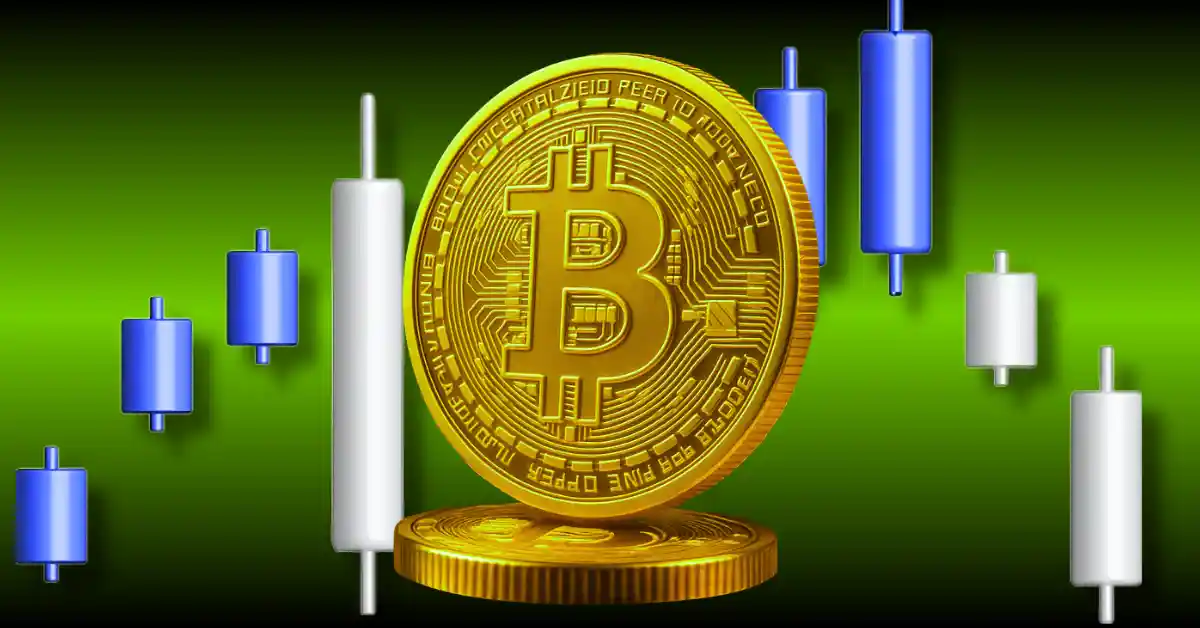The Tangled Tale of Trump’s Strategic Bitcoin Reserve: A Dream Deferred?
Donald Trump’s proposal to establish a U.S. Strategic Bitcoin Reserve marked a significant shift in his stance on cryptocurrency, moving from skepticism to enthusiastic advocacy. This bold initiative, announced during his campaign, aimed to position the United States as a global leader in the crypto space and validate Bitcoin’s role as a legitimate asset class. However, the path to realizing this vision has been fraught with challenges, leading many to question whether the plan is feasible or has become a political fantasy.
A Promise Forged in the Crypto Crucible
Trump’s initial skepticism toward Bitcoin evolved as the cryptocurrency’s influence on the global economy became more apparent. His campaign rhetoric shifted dramatically, with promises to roll back regulations imposed by the Biden administration and champion the idea of the U.S. becoming the “crypto capital of the planet” and a “Bitcoin superpower.” Central to this vision was the creation of a strategic Bitcoin reserve, which would centralize government-held crypto assets, including those forfeited through criminal or civil proceedings. This reserve was envisioned as a national stockpile, turning seized assets into a strategic advantage for the U.S.
The idea resonated with many in the crypto community, who saw it as a validation of Bitcoin’s potential as a store of value. Trump’s promise fueled speculation about the potential impact on the Bitcoin market and broader economic policy. The administration framed the reserve as a means to recognize the strategic advantage of being among the first nations to create such a stockpile. However, the plan quickly encountered skepticism and criticism, raising questions about its feasibility and alignment with Bitcoin’s decentralized ethos.
Cracks in the Foundation: Challenges and Criticisms
One of the primary criticisms of Trump’s strategic Bitcoin reserve stemmed from the fundamental nature of Bitcoin itself. Prominent voices in the crypto space argued that Bitcoin’s decentralized design undermines government control, making the idea of a government-controlled reserve inherently contradictory. Bitcoin, by design, operates outside the purview of central authorities, posing significant challenges to its integration into a national reserve.
Beyond philosophical objections, practical challenges abound. Economists warned that national reserves of cryptocurrency could introduce economic instability due to Bitcoin’s volatility and susceptibility to market manipulation. The lack of established regulatory frameworks further complicates the management of such a reserve. Additionally, the legal and political hurdles involved in establishing a strategic Bitcoin reserve are substantial. As of early 2025, the idea lacked congressional support, casting doubt on its ability to materialize. A significant policy shift would be required to prioritize Bitcoin as a long-term national asset over immediate fiscal benefits, a move that would inevitably face political, economic, and regulatory challenges.
The Executive Order: A Symbolic Gesture?
Trump’s executive order to establish a strategic Bitcoin reserve and a U.S. digital asset stockpile was met with disappointment. Rather than outlining a concrete plan for purchasing and managing Bitcoin, the order primarily focused on evaluating the potential for a national digital asset stockpile. This lack of decisiveness led to skepticism among those who had hoped for a firm commitment to acquiring new tokens. The order directed the administration to explore the possibilities, falling short of the bold vision initially presented. The evaluation process, while potentially valuable, lacked the concrete action that many in the crypto community had anticipated.
Bitcoin’s Price Reaction: A Lack of Confidence
The market’s reaction to Trump’s pronouncements and the subsequent executive order was telling. Bitcoin’s price initially surged on the news, fueled by speculation and excitement. However, this surge proved to be short-lived. When the details of the plan emerged, revealing its tentative nature and lack of concrete action, Bitcoin’s price quickly corrected, suggesting a lack of confidence in the initiative’s potential impact. Some reports even indicated that Bitcoin plunged after the strategic reserve news, highlighting the market’s disappointment with the lack of tangible progress.
The XRP Twist: Diversification or Dilution?
Adding another layer of complexity, Trump’s rhetoric expanded beyond Bitcoin to encompass other cryptocurrencies, including XRP, Solana (SOL), and Cardano (ADA). This shift raised questions about the focus and purpose of the reserve. While diversification could potentially mitigate risk, it also diluted the central idea of establishing a Bitcoin-centric strategic asset. The inclusion of other cryptocurrencies, some of which are more centralized or face regulatory uncertainty, further complicated the already challenging task of creating a coherent and effective digital asset reserve.
The ‘Made in USA’ Bitcoin Promise: An Unrealistic Goal?
Trump also promised to make the U.S. the ‘crypto capital of the planet’, which included a ‘made in USA’ bitcoin. This aspect of his plan was seen by many as unrealistic. A reserve currency requires a large, stable economy and political system – conditions that are not necessarily guaranteed in the volatile world of cryptocurrency. Furthermore, it suggests a level of government control that contradicts the fundamental principles of decentralization upon which Bitcoin was founded.
A Legacy of Unfulfilled Promises?
As it stands, Trump’s strategic Bitcoin reserve appears to be a project mired in challenges and contradictions. While the initial promise generated significant buzz and raised hopes for a more crypto-friendly future, the lack of concrete action, the inherent difficulties of integrating Bitcoin into a national reserve, and the broader political and economic uncertainties have cast a long shadow over its prospects.
Conclusion: A Political Fantasy or a Seed for the Future?
Whether Trump’s strategic Bitcoin reserve is truly “dead” remains to be seen. It is more likely that the plan, in its original ambitious form, has stalled, becoming a political talking point rather than a practical policy initiative. However, the idea itself may not be entirely without merit. The conversation it sparked about the role of cryptocurrency in the global economy, the potential for governments to engage with digital assets, and the need for clear regulatory frameworks could pave the way for more nuanced and realistic approaches in the future. Perhaps, Trump’s foray into the crypto world, despite its shortcomings, will serve as a catalyst for future innovation and a more informed discussion about the potential – and the perils – of digital currencies.





